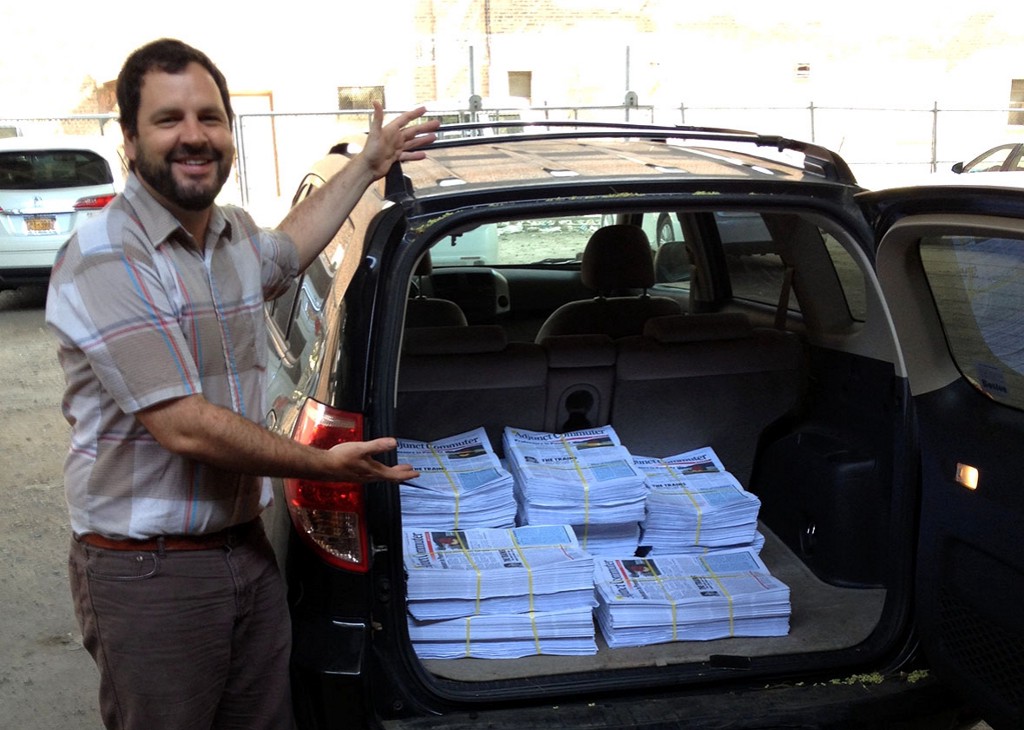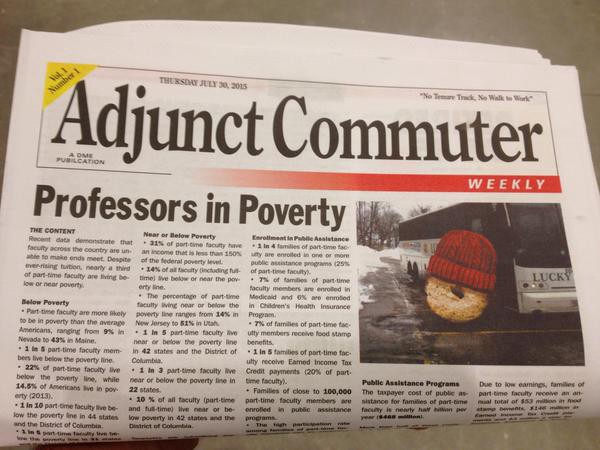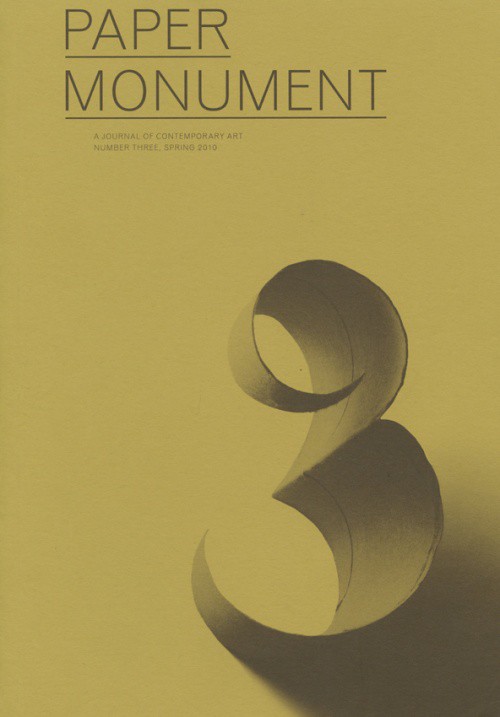Substitute Teacher
Recalibrating the adjunct with Dushko Petrovich

Now that everybody knows how rubbish it is to be an adjunct, what happens next to the “professor” as a cultural figure? The cartoon academic is old, white, male, has elbow patches, and is rich. That doesn’t fit the reality of most professors these days, especially the rich part: more than half of college faculty is now part time.
The artist, teacher, writer, and editor Dushko Petrovich is recalibrating our understanding of the adjunct professor into something closer to art. Petrovich is probably best known for co-founding and editing the art magazine Paper Monument, as well as his artistic practice, which he describes as “a mix of painting, writing, editing, and really anything else that becomes necessary.” (Disclosure: I work at Paper Monument’s sister magazine n+1). He has also had a varied career as a college teacher — last year alone, he taught at Boston University, RISD, Yale, and NYU. He has perma-ruffled hair and a nice, ursine aspect.
In 2015, Petrovich launched a multimedia project called Adjunct Commuter Weekly. You can read about it in The New Yorker, Slate, and the Wall Street Journal, if you like. It only came out in one edition, then “rebranded” as a “multimedia platform” due to the “financial and time constraints of the adjunct commuting staff.” It is entirely about the challenges faced by adjunct faculty. One notable piece was Kristen Dombek’s, “Five Trains Each Way Means Ten Trains A Day,” which was about taking a lot of trains. Every staffer is an adjunct, which means that Petrovich will have to resign: he just got a tenure-track job as Assistant Professor at the School of the Art Institute of Chicago.

ACW is a satiric comic performance, one borne of pain. It contains real and lucid commentary on employment conditions, but is also ruefully funny. Petrovich describes the project as the “only sane response” to an “insane work situation.” Driving “from Boston to Brooklyn or from Providence to New Haven on late nights,” Petrovich felt alone. ACW was founded to bring people together, and to spread its tote bags across campuses, in turn spreading awareness. I have proudly hauled mine from campus to campus, clutching it on my lap (when I could get a subway seat) like some kind of talisman that would protect me from my lack of health insurance with its humor. ACW has recipes, advice, and “Adjunct Sudoku” (you can’t use numbers higher than 3).
Petrovich is also currently working on “a ride sharing app, called Unter, so people can coordinate their transportation and be in touch with other adjuncts.” It’s quite difficult to tell whether he’s being serious or not, but the answer is probably: art.

Petrovich was born in 1975 in Quito, Ecuador, and went to a couple of schools there before his parents split up. Then he, his mother, and his brother went to Ohio (first Perrysburg, then Bexley). From there, he went to Yale, where he majored in art. He studied etching in Florence for a bit, and got an M.F.A. in painting from Boston University. Petrovich spent a year at Royal Academy in London, where he was the “Starr Scholar, an embarrassingly titled position they gave to one American Artist-in-Residence each year.”
There’s something about ACW that feels very generous, very teacherly to me. I asked Petrovich whether he liked any of his teachers growing up. In elementary school, he said, the kids had to vote for their favorite class. The girls voted music, the boys voted gym, and Dushko voted art. He had a stylish middle school art teacher named Paula Len, then a laconic chainsmoker named Peter Cooper — Coops, for short. Art Club met on Monday nights from six to nine.
These are the details that a person remembers when learning and reading and making work has got deep down into their soul at a young age. Usually teachers have some kind of memory like this, and Petrovich has always liked teaching. He started out at B.U. in the painting department. He likes to talk to other artists, to hear what young artists are doing.
I wondered, talking to Petrovich, what the relationship between his editorial and teacherly roles might be. He co-founded Paper Monument with fellow artist Roger White in 2007. White and Petrovich noticed that “there was a lot that was being left out between the academic art journals (October, Grey Room, etc) and the commercial art magazines (Artforum, Frieze, etc),” so they dreamed up a magazine that would instead focus on readers and writers, foremost.

A key goal of Paper Monument has been to elevate to the level of print issues that people around White and Petrovich were discussing: art world etiquette, art school assignments, and so on. The title Paper Monument, of course, telegraphed their “reluctance to keep up with the pace of digital publishing.” By Petrovich’s own admission, Paper Monument publishes “very periodically.” I liked that Petrovich admitted that Paper Monument now functions like a “kind of instant credential”: people know he made that magazine, and that it worked out.
Petrovich’s new job at the School of the Art Institute of Chicago is in a graduate program called New Arts Journalism, and it will be a longterm home for the itinerant Petrovich. And his wife, Magdalena Moskalewicz, will be teaching in the Art History Department at SAIC. I often can’t help but resent people who get tenure-track jobs — it just sneaks up on me, although I feel a little bad about it. But I’m happy for Petrovich, because he has helped and taught and edited many people, and Adjunct Commuter Weekly became a project that I could cling to in a time when I needed it quite badly. Projects like that one become solidarity touchstones, and I’m grateful for it.
My ACW tote bag is almost worn completely through. I’ve poked holes in it with errant pencils, and torn one of the straps. But I’ll keep lugging it across town, heaving on and off my shoulder on the L train until the thing falls apart completely: that’s what adjunct commuters do.
Josephine Livingstone is a writer and academic in New York.
